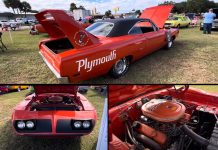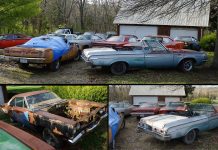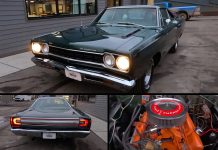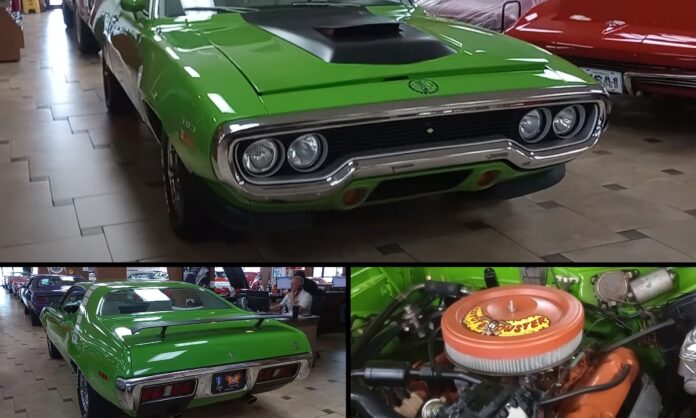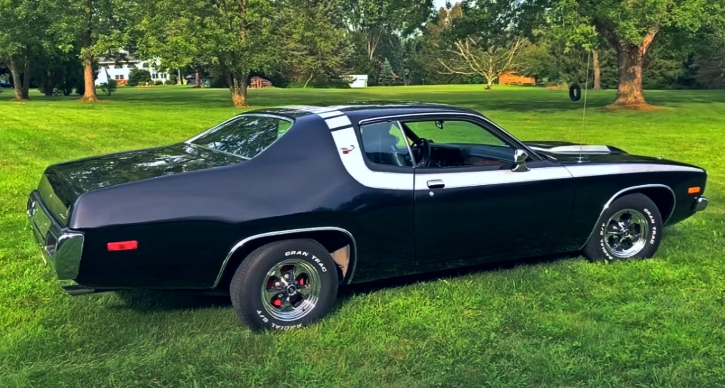The Early Success and Decline
Introduced in 1968 as an accessible alternative to the GTX, the Plymouth Road Runner enjoyed remarkable success in its initial years. Sales figures of more than 44,000 units in 1968 and a staggering 81,105 examples in 1969 firmly established its presence. Even in 1970, nearly 37,000 Road Runners found new homes.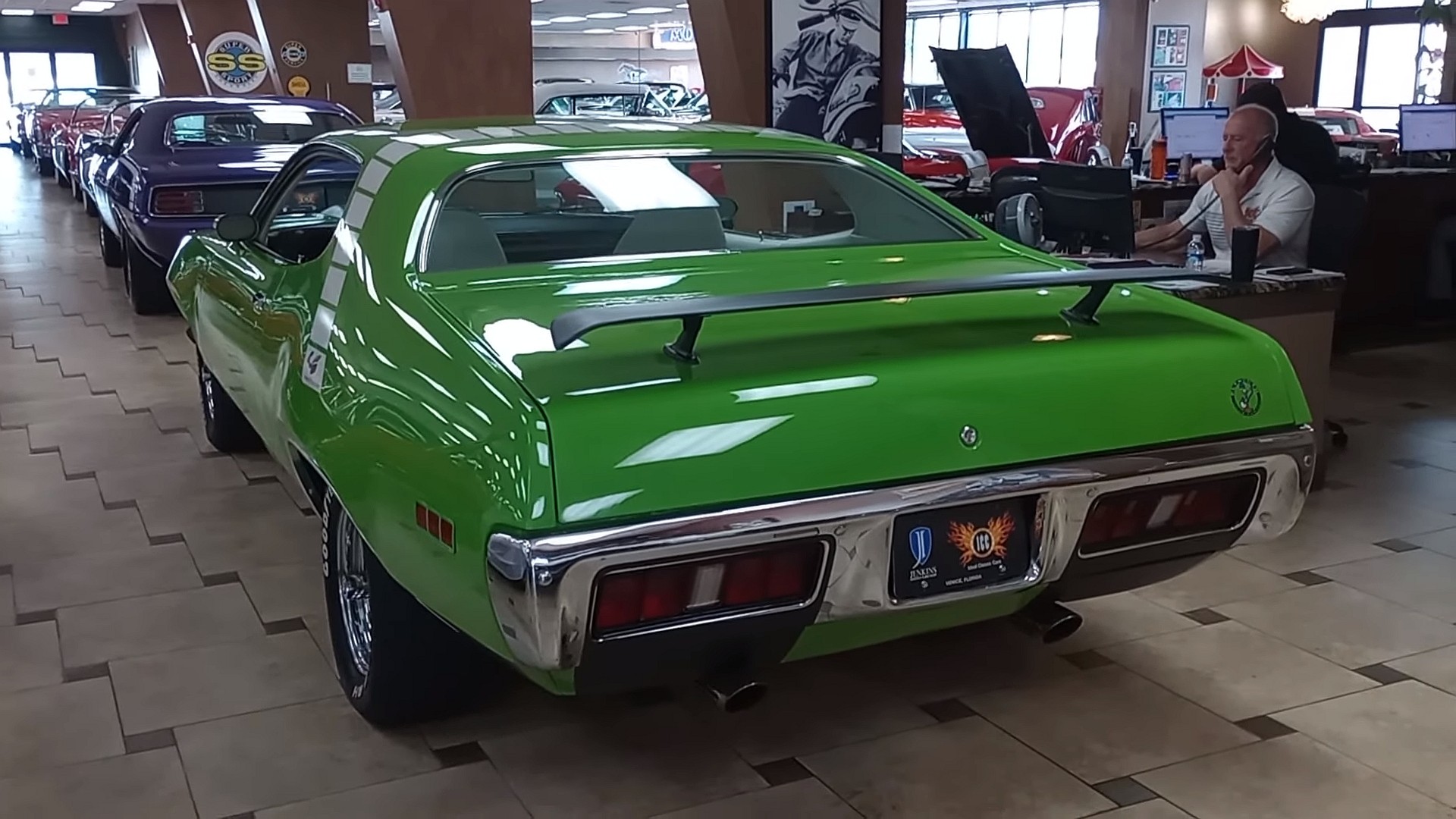
A Shift in Fortunes
However, similar to most muscle cars of that era, the Road Runner witnessed a significant sales downturn in the early 1970s. Only 13,664 units were sold in 1971, with a mere 6,860 finding buyers in 1972. Notably, the 1971 model year excluded the 426 HEMI and the “Six Pack” version of the 440-cubic-inch RB engine, rendering the 1971 models highly desirable to collectors.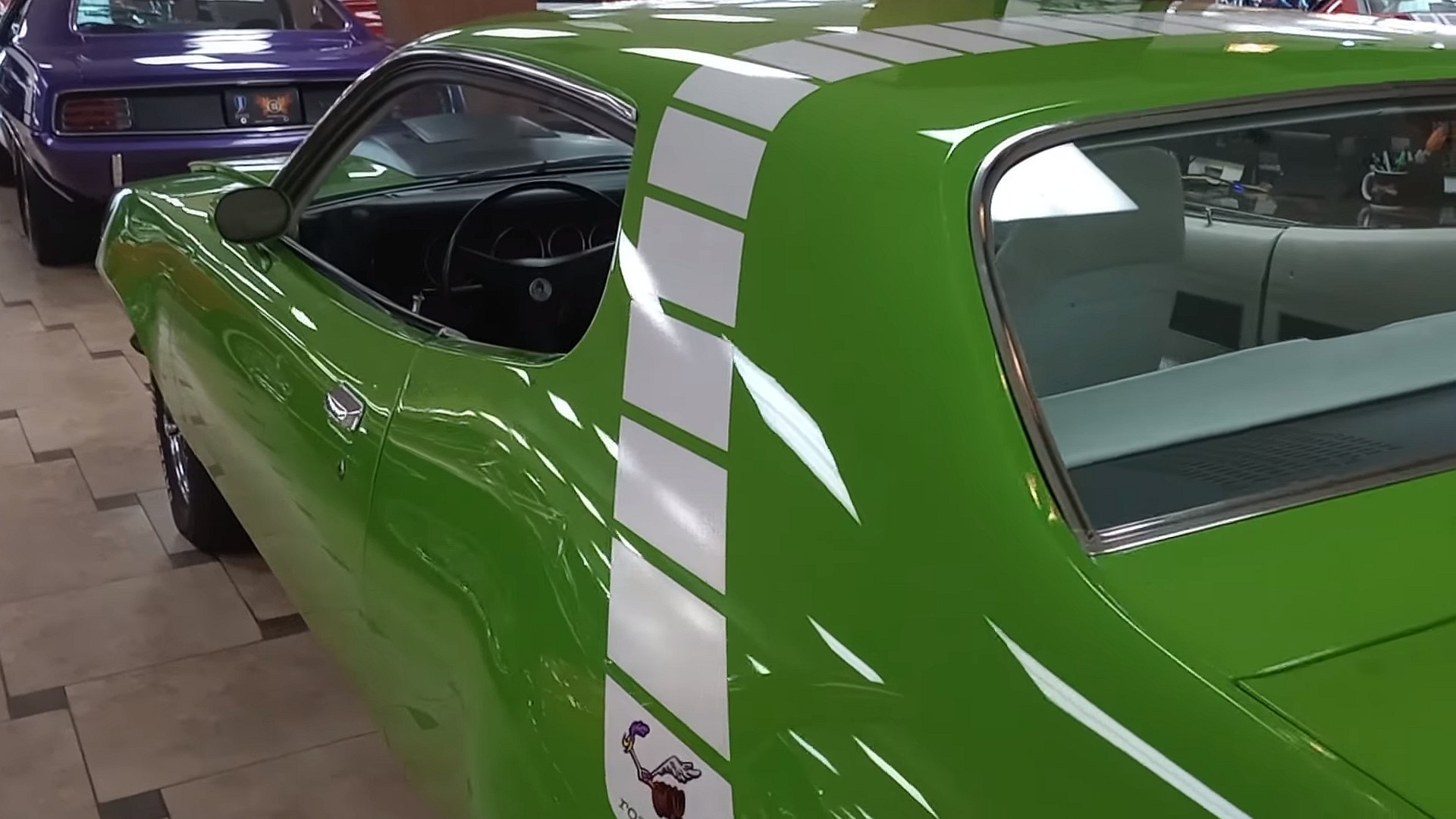
Rarity in Numbers
These big-block variants are undeniably rare. Merely 246 Road Runners were equipped with the 440-6, and a mere 55 sported the 426-cubic-inch HEMI engine. In contrast, over 11,000 units rolled off the assembly line with the 383-cubic-inch B-block V8. Yet, the 1971 383 models are by no means commonplace.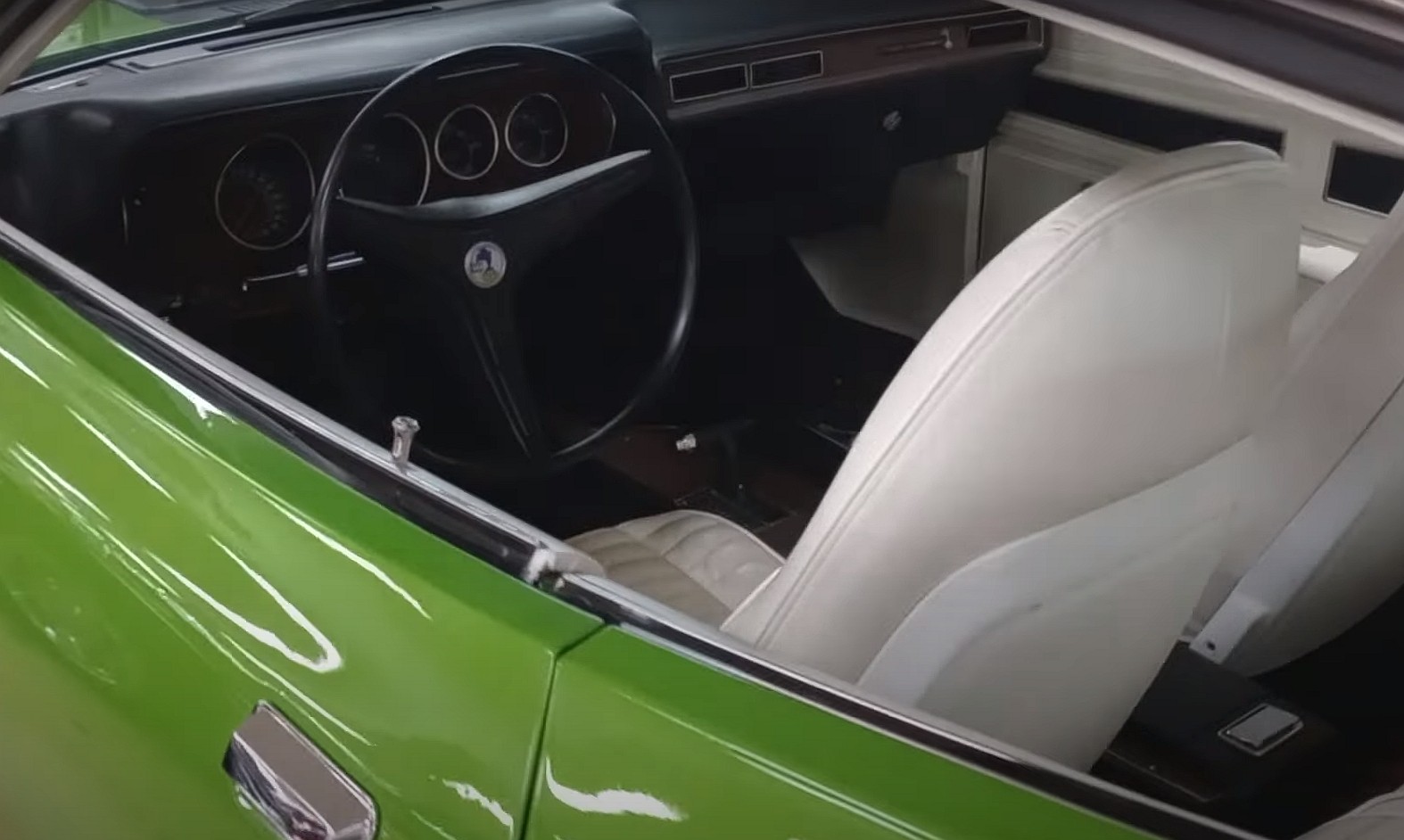
A True Rarity: The Sassy Grass Green Road Runner
Among the distinctive options Plymouth offered, this meticulously restored Road Runner stands out as a true gem. Painted in Sassy Grass, one of the six “high impact” colors available in 1971, this Road Runner belongs to the exclusive 5.5% of cars sporting this vibrant green shade. Although not as scarce as FC7 Plum Crazy (4.9%) and FY1 Lemon Twist (only 0.9%), FJ6 Sassy Grass graced only 751 Road Runners in 1971. Of these, a mere 437 had the 383 V8 engine paired with an automatic transmission.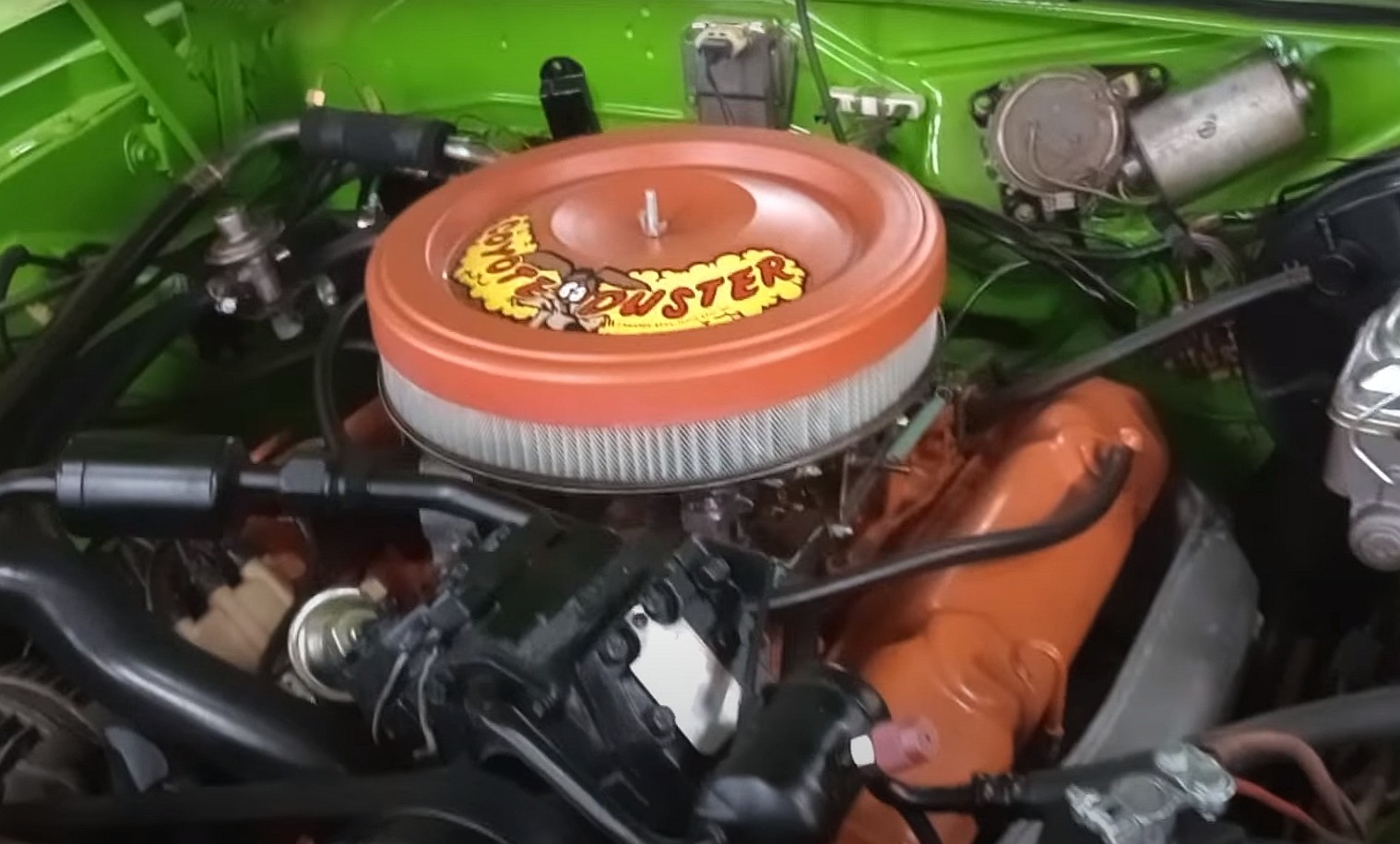
Further Uniqueness in Detail
Beyond its striking color, this Road Runner flaunts a white interior – an uncommon choice in a green vehicle. While no official production data exists for interior color combinations, it’s likely that fewer than 200 cars boast this particular pairing. Additionally, it features the optional Air Grabber hood, a feature found on only 11.2% of 1971 Road Runners.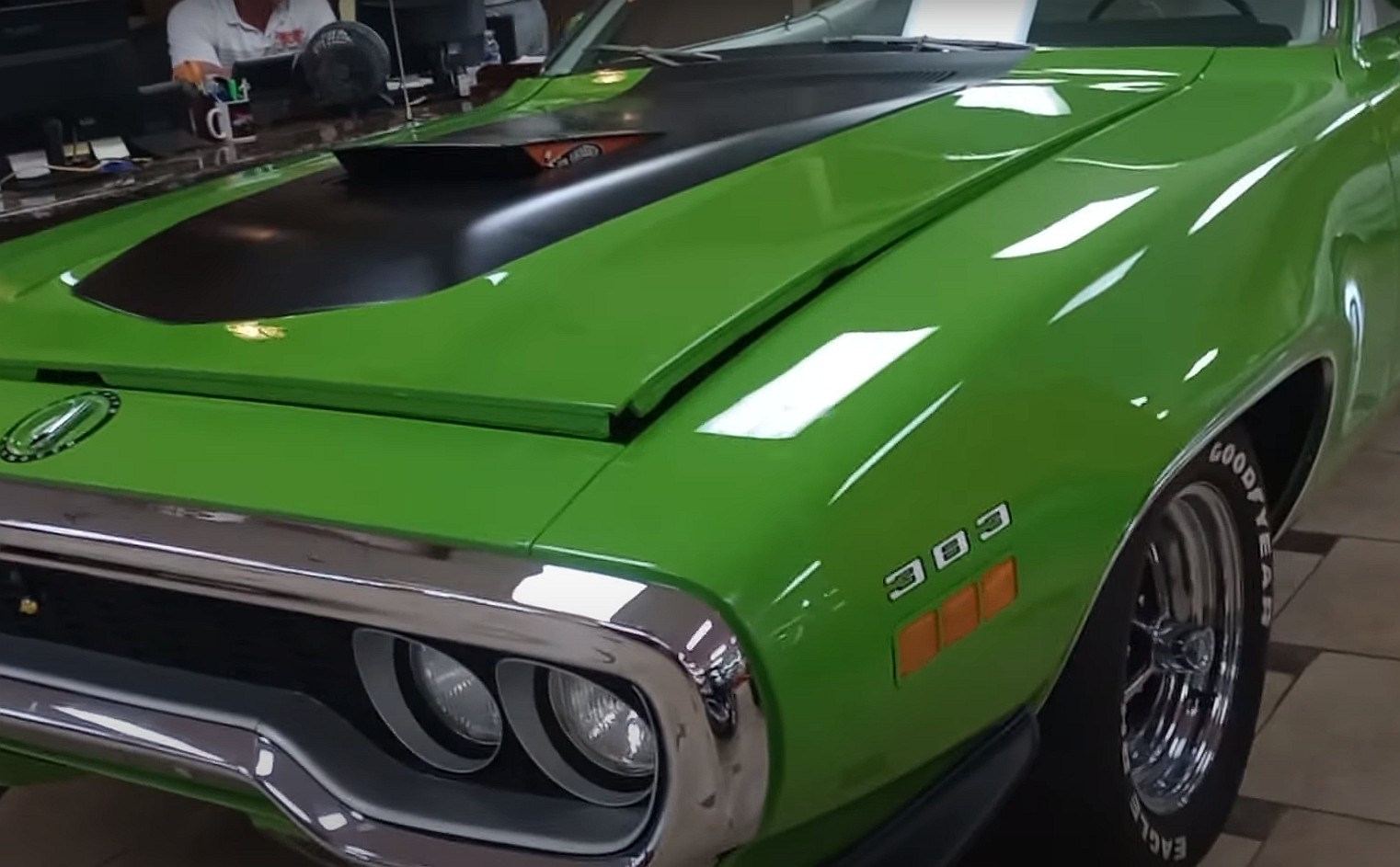
Unearthing a Rarity
While exact figures are elusive, this Mopar exemplifies the essence of rarity. It’s entirely possible that it ranks among fewer than 50 cars of its kind. This stands as a testament that owning a rare muscle car doesn’t necessitate a 426 HEMI under the hood.
Bonus Feature: The 1970 Plymouth HEMI ‘Cuda
In addition to the featured Road Runner, the video below also spotlights a 1970 Plymouth HEMI ‘Cuda. Cloaked in In-Violet purple, this meticulously restored vehicle boasts originality, including a numbers-matching engine. Among the 666 ‘Cudas sold with a HEMI in 1970, this hardtop version represents only 368, equipped with an automatic transmission. Approximately 7.4% of 1970 Barracudas sported this particular color, implying a production of less than 30 in this configuration. Beyond their rarity, both Mopar classics exhibit breathtaking aesthetics, inside and out.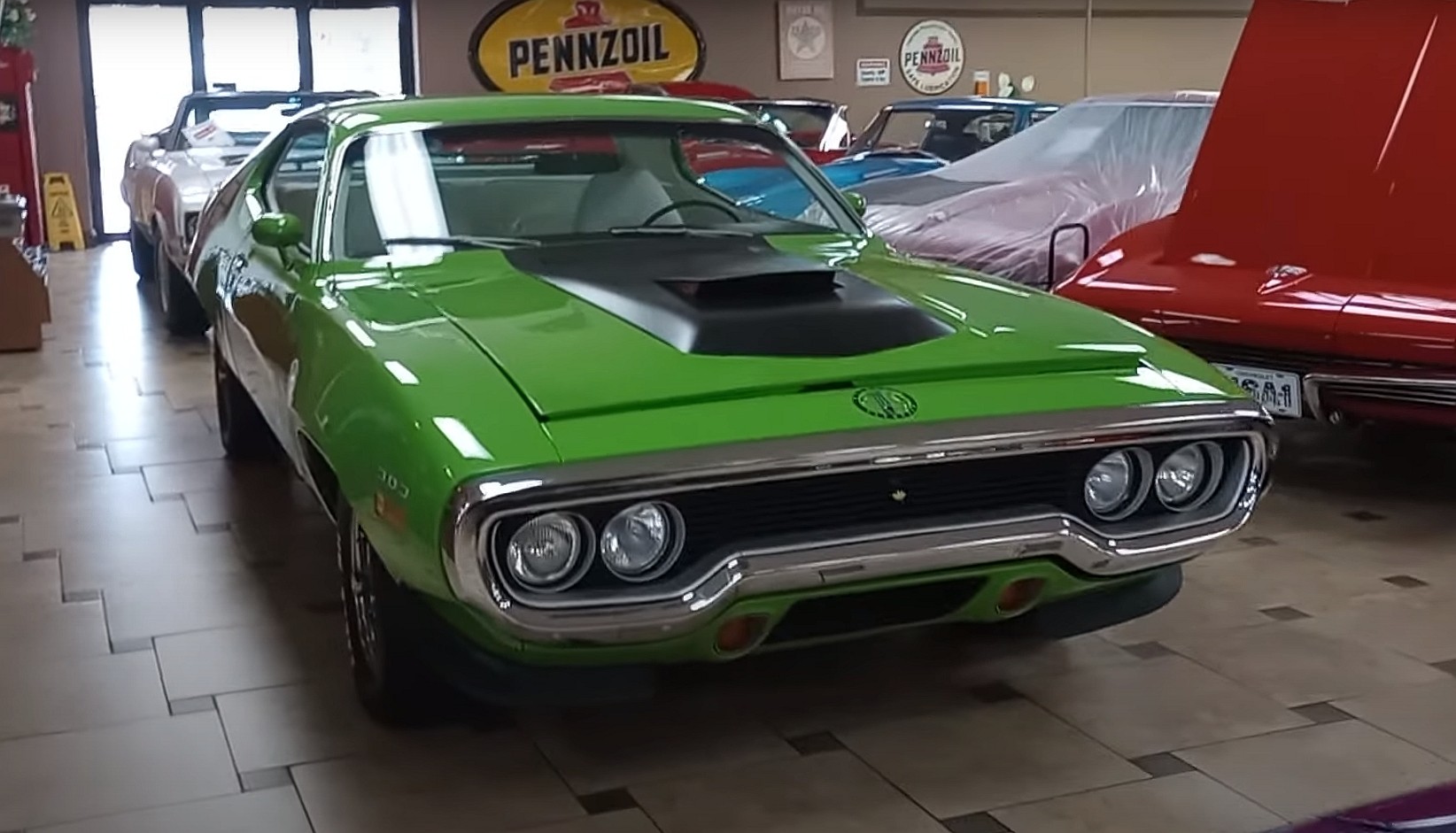
FAQs:
Q1: What was the initial purpose of the Plymouth Road Runner?
A1: The Plymouth Road Runner was introduced in 1968 as a more budget-friendly alternative to the GTX, offering a powerful muscle car experience at a lower price point.
Q2: Why is the 1971 Plymouth Road Runner particularly desirable among collectors?
A2: The 1971 Road Runner is highly coveted because it was the last model year to feature the 426 HEMI and the “Six Pack” version of the 440-cubic-inch RB engine.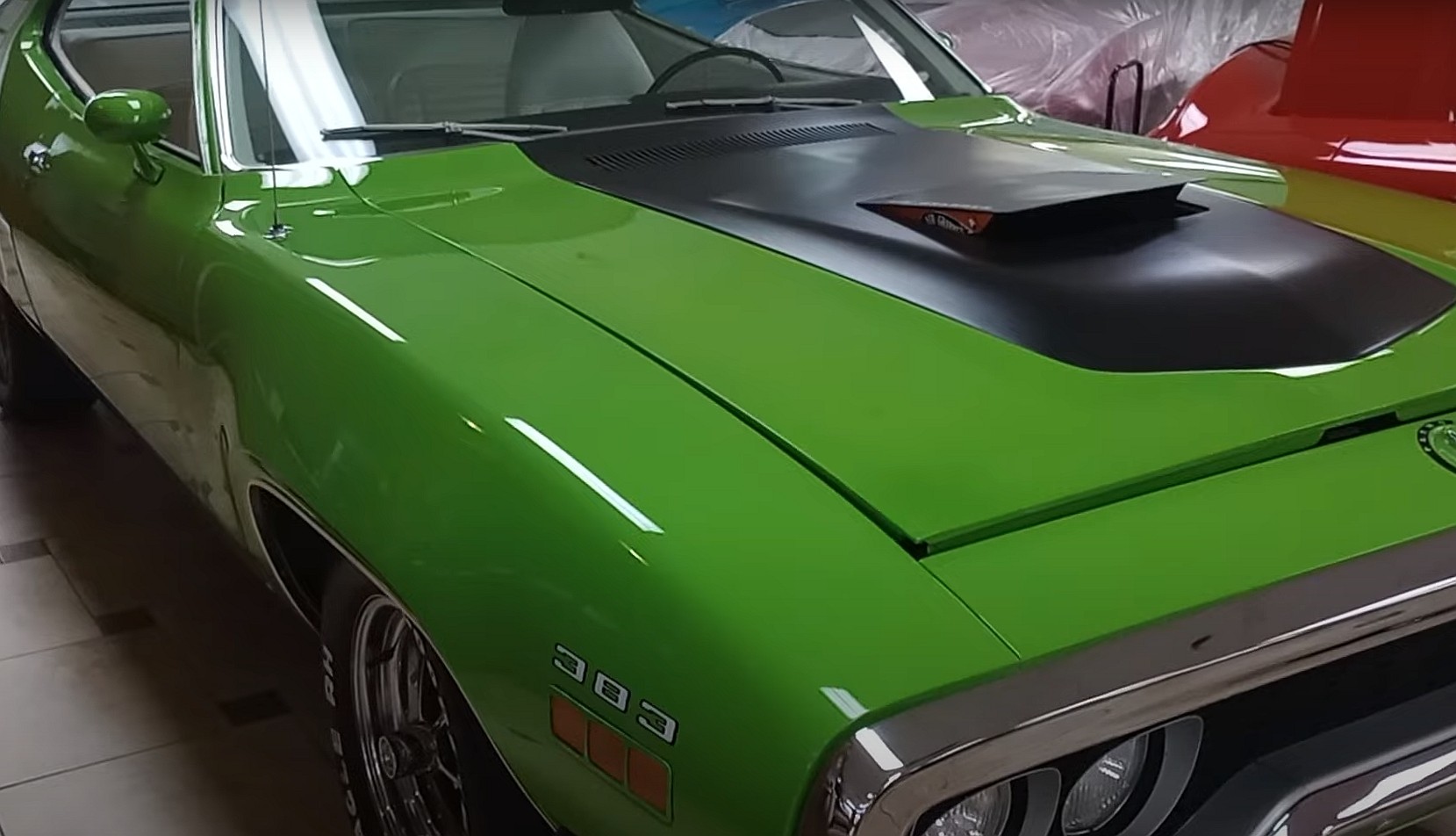
Q3: How rare are the big-block variants of the Plymouth Road Runner?
A3: Big-block variants of the Road Runner, such as the 440-6 and the 426 HEMI, are exceedingly rare, with only a limited number ever produced.
Q4: What makes the featured 1971 Plymouth Road Runner unique?
A4: The showcased 1971 Road Runner is a rare find due to its Sassy Grass color, white interior, and the optional Air Grabber hood, making it a highly distinctive and desirable collector’s car.
Q5: What distinguishes the 1970 Plymouth HEMI ‘Cuda mentioned in the article?
A5: The 1970 Plymouth HEMI ‘Cuda featured in the article is noteworthy for its rare In-Violet purple color, originality, and limited production, with only 368 hardtops equipped with an automatic transmission in this configuration.



